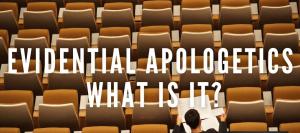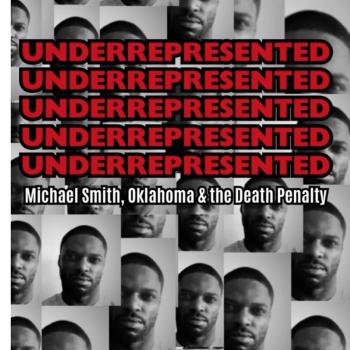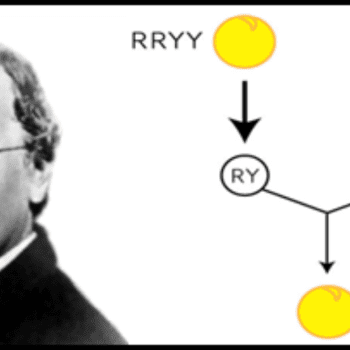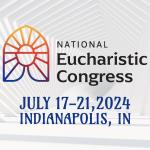
The following paper is the second of three on Catholic and Christian apologetics. Having previously discussed classical apologetics, I turn to the method called evidential apologetics.
As indicated in part one, apologetics is a religious discipline concerned with offering an intellectual defense related to religion and faith.
For the most part, evidential apologetics is a response to the rise of deism in the seventeenth and eighteenth centuries. Eschewing revelation for reason, deism envisioned a universe created by God but then left to its own devices. By admitting the existence of a God but denying that such a being was involved in creation, deism would become a middle ground between biblical faith and atheism.
Seeking to emulate the success of the sciences, evidential apologetics sought to take a scientific approach to apologetics. In 1736, the English theologian Joseph Butler published The Analogy of Religion. Butler’s objective was not so much to prove the validity of biblical religion as to show that it is at least as reasonable as a purely naturalistic philosophy. He writes, “If, in spite of all difficulties, you believe the one [naturalism], you must, in common fairness, and to be consistent, believe the other. If they come from the same God, there is an à priori probability that they will each have the same or similar difficulties, and if, in spite of all its acknowledged difficulties, you are firmly persuaded of the truth of Natural Religion, you are bound to accept Revealed Religion, in spite of an equal amount of possible or actual objections that may be summoned up against it.”
Butler’s work was highly influential and inspired the use of inductive reasoning in apologetics. Induction is a process of reasoning where one moves from several instances or observations of a phenomenon to a general conclusion that is probable but not certainly true. For example, if one observes a hundred people who eventually die, it is probable that human beings are mortal.
While classical apologetics emphasizes reason, particularly a priori reasoning, evidentialist apologetics, as the name suggests, focuses on evidence. The approach is to offer historical and biblical data as proof of the truth of Christianity. The idea being that the unbeliever cannot be expected to accept an argument that is devoid of some form of evidence. The evidentialist argues that any defense of Christianity can and must consist primarily of an appeal to the facts. Evidentialist apologetic arguments seek to show that the conclusion, while not certain, is a probable conclusion based on the available evidence.
What can be considered evidence depends upon the discipline or area that incorporates the subject. Scientific evidence varies considerably from evidence allowed in legal proceedings, and both differ from what constitutes proof of historical events. Moreover, even legal proceedings will admit different types of evidence depending on the nature of the case. Determining reliable sources of evidence complicates matters further. Generally, one places greater trust in evidence and arguments provided by experts than in less knowledgeable sources.
It must be recognized that sources of evidence can be as diverse as the behavior of original witnesses, the testimony of those who listened to the statements of these witnesses, archaeology, the internal confirmation of geography, politics, and language, and the deficiency of alternative explanations.
In a sense, the evidentialist method of apologetics anticipated the modern atheist’s claim that there is no evidence for the claims of Christianity. This is true if one does not bother to look and is the intellectual equivalent of putting one’s head in the sand. More often, one will encounter atheists who argue that unless the evidence is scientific, it is of no value. Such a view is a form of scientism and self-refuting (the claim itself is not a scientific one). Moreover, such an approach flies in the face of how judgments are made every day. We do not judge historical events utilizing the scientific method, and society frequently convicts people of crimes despite a dearth of scientific evidence.
An example of the inductive reasoning utilized by evidential apologetics can be seen in an argument for the Resurrection and the divinity of Christ. The premises are numbered.
- Jesus of Nazareth was a historical figure.
- Jesus of Nazareth made the claim that He was God.
- Jesus of Nazareth asserted that He would prove that He is God by rising from the
dead. - Jesus of Nazareth was crucified by the Romans.
- Jesus of Nazareth was pronounced dead by the Romans and placed in the tomb of a
follower. Roman soldiers guarded the tomb. - Three days later, that tomb was empty.
- Over three hundred people claimed to have seen Jesus of Nazareth after His
crucifixion. - It has been psychologically proven that they all could not have hallucinated the same
hallucination.
Therefore, it can be reasonably inferred that Christ rose from the dead and, in doing so, proved He is God.
Criticisms of evidential apologetics generally focus on the method’s assumptions. Unlike classical apologetics, the evidential method presupposes the existence of God. It begins with a theistic worldview and seeks to show the truth of Christianity. Because of the method’s presuppositions, evidential apologetics is of limited value when arguing with those who deny the existence of God.
Like much of life, absolute certainty is impossible when speaking of transcendent matters. After all, if it were, there would be no need for faith. Evidential apologetics argues, however, that the evidence available does support a probable likelihood of the truth of Christianity.
In this essay, I have sought to provide an introductory summary of evidential apologetics. Born as a response to the rise of deism and “hard” naturalism, evidential apologetics utilizes historical, anthropological, and scriptural sources as evidence of the truth of Christianity.
















